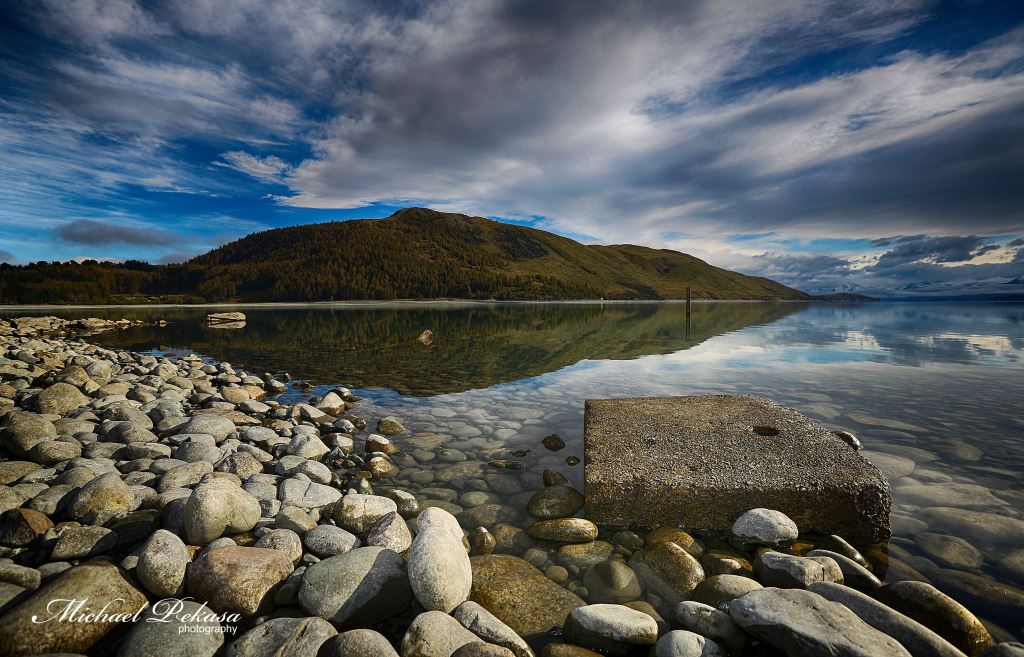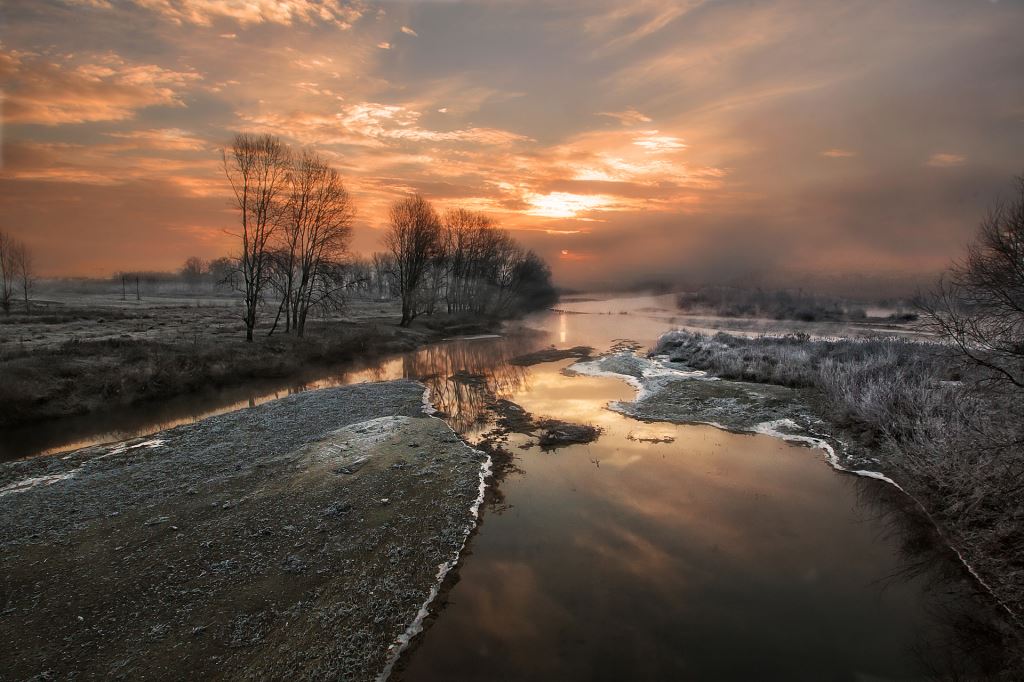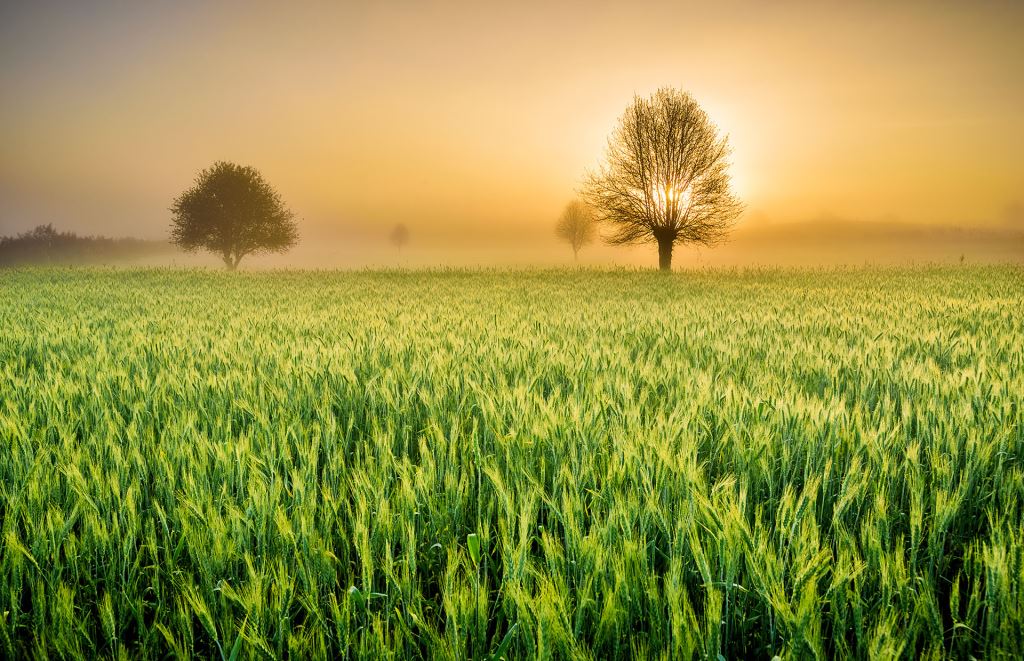Nowhere is the phrase "a picture is worth a thousand words"truer than in relation to landscape photography. Photography itself is less than 200 years old. In fact, the term "photography," which most people take for granted, was not coined until 1839. Landscape photography provided people with windows to distant worlds and cultures they would otherwise not be able to experience.

Land formations and natural wonders inspired early landscape photographers. Photos of the gold rush in the American West showed gold miners panning for gold along streams in spectacular settings. In the 1920s Scottish-born Ansel Adams documented the American west with his photographs of some of the most rugged, beautiful and dramatic wilderness landscapes of the Sierra Nevada Mountains, the Grand Tetons, and other mountain ranges. Laura Gilpin traveled the southwest to record American landscapes throughout most of the 20th century.
Landscape photographs not only depict pastoral or dramatic natural scenes, but they also record environmental, economic, and social change. John Davies, for examples, documents the changing face of Britain in the post-industrial age, while Andreas Gursky creates large-scale gritty images of urban scenes.
Modern landscape photographers continue to photograph the earth's natural beauties, and they are expanding their realms. With high tech photographic equipment and processes, they are exposing the public to the landscapes of the moon and areas under the sea. Just like the earliest landscape photographers, they show worlds most people will never see.
Landscape photography has become fashionable and highly prized by collectors in the 21st century. This renaissance of appreciation for landscape photography is best shown in the price of $2.9 million dollars paid in 2006 for a photo of a moonlit pond in New York State by the well-known 20th-century artist Edward Steichen.
Fortunately, high-quality fine art prints make it possible for everyday people to enjoy landscape prints at reasonable costs. When printed on archival photo paper the photographs retain their depth of color and purity of tones and have the look and feel of traditional photographs. C-type prints combine the modern technology of lasers and the wet process of traditional photography to create sharp and clear photographic images with no distortion.

When buying fine art prints, collectors, decorators, corporate buyers, and private individuals should look for prints that are signed, titled, dated, and number consecutively. A certificate of authenticity can verify the uniqueness of a print. A typical certificate will include a thumbnail image of the print; a description of where, when, and how the photograph was taken; and information on the materials and processes used.
 Fine art prints of modern or traditional landscapes grace the walls of private homes, corporations, and institutions. It is hard to imagine a room or building without some sort of landscape pictures on the wall. Landscape photographs evoke feelings for special times and places. They can be moving, exciting or soothing, or just pleasing to the eye. They may include people or animals, or they may represent nature exclusively. Without a doubt, landscape photographs enhance any setting.
Fine art prints of modern or traditional landscapes grace the walls of private homes, corporations, and institutions. It is hard to imagine a room or building without some sort of landscape pictures on the wall. Landscape photographs evoke feelings for special times and places. They can be moving, exciting or soothing, or just pleasing to the eye. They may include people or animals, or they may represent nature exclusively. Without a doubt, landscape photographs enhance any setting.
Chris Robertson is an author of Majon International, one of the worlds MOST popular internet marketing companies on the web.
Learn more about Landscape Photography.